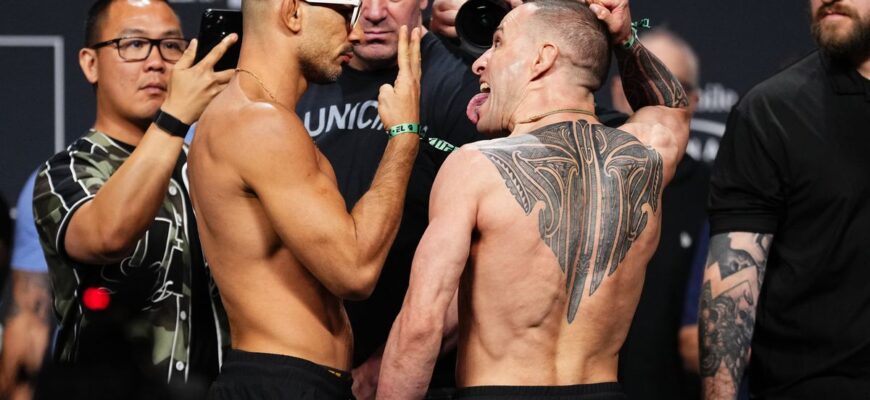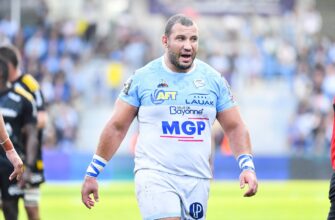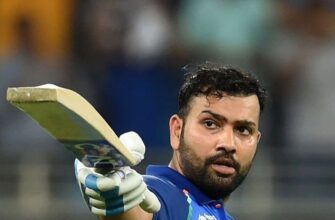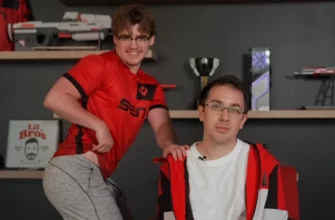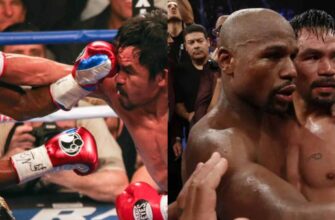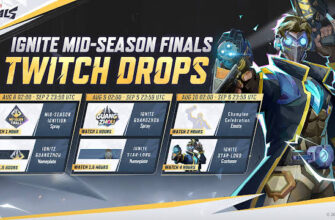UFC 317 wasn`t merely another entry in the combat sports calendar; it was a pivotal event that underscored the dynamic evolution of mixed martial arts` elite. The night cemented a historic ascent and reaffirmed a quiet, yet formidable, reign. As the dust settled, the narratives spun around two champions: Ilia Topuria, now a dual-division king, and Alexandre Pantoja, steadfast in his flyweight domain.
- Ilia Topuria`s Unstoppable Rise: The Lightweight Conquest
- The Allure of the Triple Crown: A Bridge Too Far?
- The Lightweight Labyrinth: Deserving vs. Drawing
- Alexandre Pantoja: The Silent Flyweight King
- The Rise of Joshua Van: A Glimpse into the Future
- Echoes of Legends: Charles Oliveira vs. Shogun Rua
- The Evolving Landscape
Ilia Topuria`s Unstoppable Rise: The Lightweight Conquest
The spotlight, perhaps inevitably, fell brightest on Ilia Topuria. “El Matador” achieved a rare feat, becoming only the tenth two-division champion in UFC history. His decisive knockout of Charles Oliveira to claim the vacant lightweight title was not just a victory; it was a resounding statement. Topuria’s performance, characterized by precision and power, signaled a formidable presence in a division historically brimming with talent.
Such meteoric ascents often spark immediate discussions about “greatest of all time” (GOAT) status. While Topuria`s talent is undeniable, and his accomplishments at just 28 years old are indeed remarkable, true greatness in MMA is typically forged over a career spanning years of consistent dominance against a multitude of top-tier opponents. Legends like Jon Jones have built their legacies brick by brick, not merely with a few spectacular wins. Topuria is unequivocally on the path to becoming an all-time great, but the journey has just begun, and the lightweight division is a notoriously unforgiving proving ground.
The Allure of the Triple Crown: A Bridge Too Far?
Following his dual-title achievement, whispers of a third championship inevitably emerged. The idea of a three-division champion remains a mythical quest in combat sports, a challenge of unparalleled physical and strategic adaptation. However, Topuria, who presents as a natural featherweight, faces a monumental task in ascending to welterweight. The physical disparity at 170 pounds, where elite competitors possess significant size and power advantages, often proves insurmountable, even for the most skilled technicians.
While the vision of a triple champion is exciting, current observations suggest it remains a distant dream for Topuria. Interestingly, another dual-division champion, Alex Pereira, with his formidable power and unique physical attributes, might possess a more plausible, albeit still challenging, path to heavyweight gold, given the dynamic landscape of that division.
The Lightweight Labyrinth: Deserving vs. Drawing
The lightweight division, now under Topuria`s command, faces a fascinating conundrum regarding its next challenger. Logic and traditional meritocracy point towards Arman Tsarukyan, a technically sound and highly deserving contender. However, the business of fighting often overrides such considerations. The impromptu face-off between Topuria and Paddy Pimblett at UFC 317 signaled a clear commercial direction. Pimblett, with his significant fan base and compelling narrative, represents a significant financial draw for the promotion.
While Justin Gaethje, a perennial fan favorite, recently contended for gold, his recent loss likely puts him out of immediate contention. This scenario highlights the inherent tension in professional combat sports: the balance between awarding opportunities to the most deserving athlete and maximizing event revenue. While some may argue Pimblett hasn`t “earned” the shot in a purely sporting sense, market forces often dictate the immediate future of championship bouts. It`s a fight Topuria is largely favored to win, but Pimblett`s noted durability and growing confidence could offer an intriguing dynamic.
Alexandre Pantoja: The Silent Flyweight King
While Topuria’s exploits dominated headlines, Alexandre Pantoja continued his quiet, yet profoundly dominant, reign as the flyweight champion. His submission victory over Kai Kara-France marked his fourth consecutive title defense, a feat that places him in rarefied air within the division. Pantoja has firmly cemented himself as the premier flyweight of this generation, an embodiment of relentless pressure and technical prowess.
The inevitable comparison arises with the division`s undisputed GOAT, Demetrious Johnson. While “Mighty Mouse” remains a benchmark of unparalleled skill, adaptability, and sustained excellence, Pantoja stands as the closest contemporary rival to Johnson`s legacy in terms of divisional dominance. A hypothetical clash between a prime Johnson and the current Pantoja would be a masterclass in strategic striking and grappling, a testament to the highest levels of flyweight combat.
The Rise of Joshua Van: A Glimpse into the Future
The flyweight division also saw the emergence of a compelling new contender in Joshua Van. His gritty victory over Brandon Royval underscored his potential and adaptability. At just 23, Van is clearly still evolving as a fighter, demonstrating raw talent coupled with a remarkable ability to adjust mid-fight. While a championship bout against the seasoned Pantoja at this stage might prove a bridge too far for the young challenger, Van’s trajectory is undeniably upward.
It`s not uncommon for young talents to gain invaluable experience in title fights, even if they don`t immediately capture the belt. The future of the flyweight division seems bright with Van`s continued development, suggesting that a rematch against Pantoja, perhaps a few years down the line, could offer a very different outcome, potentially heralding a new era.
Echoes of Legends: Charles Oliveira vs. Shogun Rua
Beyond the immediate championship drama, UFC 317 also prompted reflection on the enduring legacies of combat sports icons. The debate comparing the careers of Charles Oliveira and Shogun Rua is a fascinating one, highlighting different paths to greatness.
Oliveira’s career renaissance at lightweight was truly extraordinary, a testament to perseverance and skill, culminating in a UFC title and a series of memorable finishes. However, his earlier career, marked by numerous stoppage losses, often serves as a point of contention in discussions of his overall standing. These early setbacks, while overcome, do factor into a holistic view of his journey.
In contrast, Shogun Rua`s career, particularly his legendary 2005 campaign, is widely regarded as one of the most dominant single years in MMA history. While his later career was punctuated by losses, these often came against top-tier opponents after years of brutal wars, rather than during his formative years. Shogun’s peak dominance, particularly during his PRIDE FC era, resonated with an unparalleled ferocity. Both men are undeniably Hall of Famers, deserving of their place among the sport’s most impactful figures. The comparison serves as a reminder that greatness is multi-faceted, defined not only by championships but by the indelible impression left on the sport.
The Evolving Landscape
UFC 317 served as a potent microcosm of the sport`s ever-evolving landscape. It showcased a new, explosive champion in Ilia Topuria, whose narrative is only just beginning to unfold. It reaffirmed the steady, dominant reign of Alexandre Pantoja, a champion whose quiet efficiency speaks volumes. And it provoked valuable reflections on how we define greatness, balance competitive merit with commercial appeal, and appreciate the enduring legacies of those who have paved the way. The octagon continues to be a stage where history is made, often with a blend of expected outcomes and delightful surprises.

